The Rise of Athleisure In The Fashion Industry And What It Means For Brands
With a shift in lifestyle and growing fitness culture , 'Athleisure' has emerged as a new favorite in the fashion world. It combines the functionality of athletic apparel with the comfort and style of casual wear, and blurs the line between what you wear to the gym and what you wear to lunch. Are you curious about how this trend affects your business or even why it has become so popular? Well, this is the blog for you.
We'll take you through the rise of athleisure, its increasing influence in the fashion industry, and what potential impact it could have on brands. It's more than just wearing sweatpants to work, it's a lifestyle trend that's changing the way brands market clothing .
History of Athleisure in Fashion
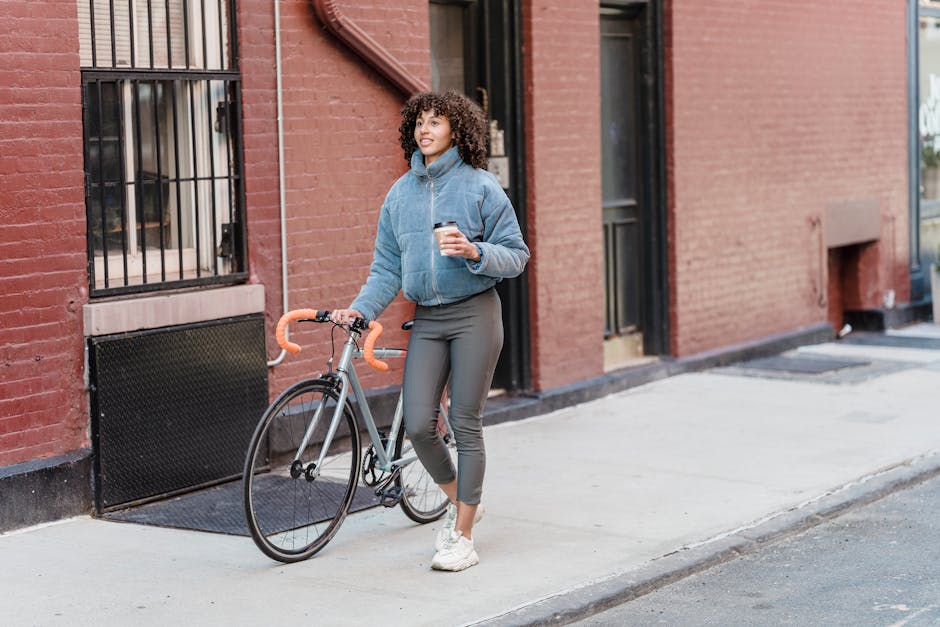
Photo by Blue Bird on Pexels
The athleisure trend, although seemingly recent, has roots firmly planted in our cultural history. Starting from the 1980s fitness boom that democratized sporting apparel, the concept of downtime dressing altered significantly . Back then, people started donning tracksuits and other sportswear outside the gym.
The term "athleisure" itself was recognized by the Merriam-Webster Dictionary in 2016, a testament to its widespread adoption. However, the turning point for athleisure came about in the early 2010s. During this period, the world witnessed an increased focus on health and wellness. Consumers started demanding style and functionality in their clothing. The rise of streetwear, coupled with the normalizing of casual workplace attire, further escalated the athleisure trend. Today, athleisure has expanded beyond activewear to embody a lifestyle. Moving forward, its place in the fashion industry appears secure , representing a paradigm shift in the way we perceive clothing.
Understanding the Athleisure Phenomenon
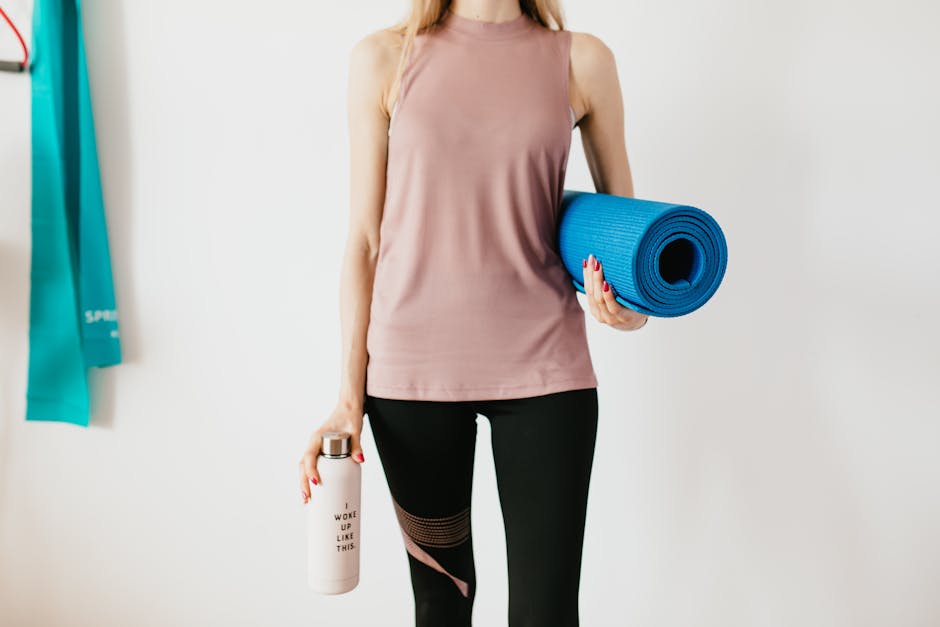
Photo by Karolina Grabowska on Pexels
Athleisure has certainly made a name for itself in the fashion world. Originating as a trend, it quickly evolved into a full-fledged fashion phenomenon.
Essentially, athleisure is a fusion of sportswear and casual wear, which favours comfort and function without compromising style . It defies the traditional norms, blending lines between what's typically worn to gyms, work or social events.
The rise of athleisure underscores two fundamental societal shifts . One, a growing focus on fitness and wellbeing encouraged individuals to incorporate gym attire into their everyday wardrobe. Two, the evolution of workplace norms, with casual dress codes becoming more accepted and widespread, made way for hoodies at meetings and sneakers in boardrooms.
For brands, understanding this phenomenon is essential to capitalize on its potential and remain relevant in the ever-changing fashion industry.
The Market Size of Athleisure Fashion
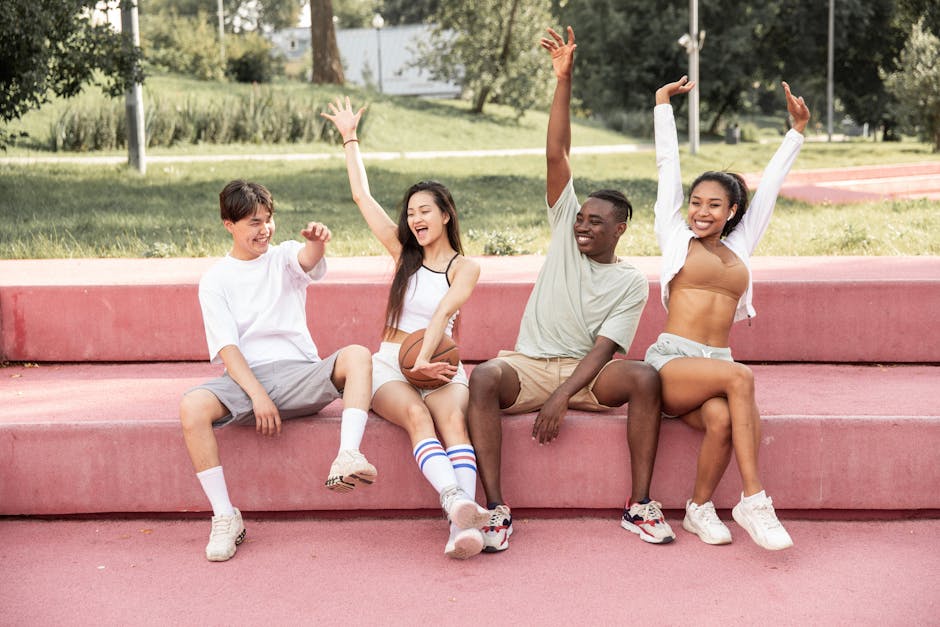
Photo by Monstera Production on Pexels
In recent years, the value of the athleisure market has skyrocketed. Analysts predict that by the end of 2026, the global accumulative value will reach a staggering $257 billion.
This growth is fueled by increased consumer demand for casual clothing that blends style, comfort, and functionality. Athleisure essentially arose from the normalization of workout gear being worn in non-fitness settings, thus attracting both fitness enthusiasts and fashion-forward individuals.
Major players in the fashion industry have not overlooked this trend. More and more brands are investing in athleisure lines to capture a share of this lucrative market. The rise of athleisure sends a clear message to brands everywhere: adapt to the changing fashion industry or risk being left behind.
This explosion in the market certainly opens up opportunities for innovation for professional businesses willing to respond to these changes in the consumer landscape.
Factors Driving Athleisure's Popularity
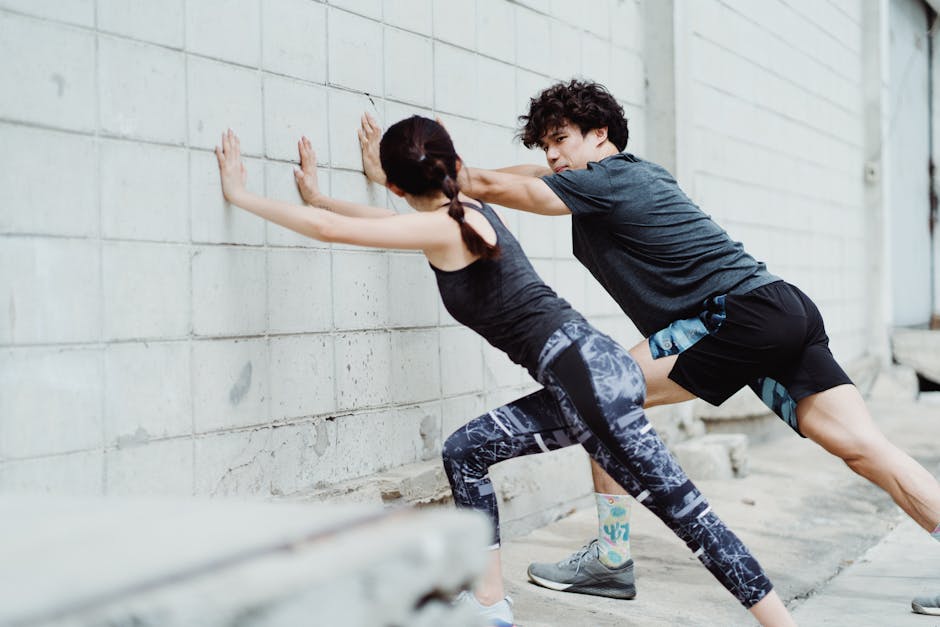
Photo by Ketut Subiyanto on Pexels
The rise in athleisure's popularity is driven by various factors, making it a trend that's here to stay.
Firstly, consumer focus on health and wellness has significantly grown. People are adopting more active lifestyles, fueling demand for comfortable and functional sports-inspired attire.
Secondly, the pandemic has further boosted athleisure's popularity. The shift to remote working resulted in comfort becoming a priority over formal dressing.
Thirdly, technology has played a pivotal role. Innovations in fabrics have led to the creation of sport-wear that's not just functional but also fashionable, further blurring the lines between athletic and leisure wear.
Finally, social media influencers have had a significant impact by making sportswear a stylish and socially accepted style for all occasions. Brands need to consider these factors to tap into the athleisure trend effectively .
Impact of Athleisure on Traditional Fashion Brands
The boom of athleisure has sent ripples throughout the fashion industry, challenging traditional fashion brands in significant ways.
For decades, formality dictated fashion – but the emergence of athleisure, a blend of comfort and style, is disrupting that precedent. Think cozy yoga pants replacing rigid jeans and snug hoodies dethroning button -up shirts.
As consumers gravitate towards this trend, traditional brands are feeling the pressure. Brands known for formal wear are experiencing a dip in sales, and are tasked with reinventing their identity to sustain the tectonic shift in consumer preferences.
Meanwhile, sportswear brands are enjoying a renaissance, now serving not only the fitness domain, but also the everyday fashion market.
Consequently, we are witnessing a major transformation in the fashion landscape, steering brands towards a future where comfort marries style. The impact of this cannot be understated; the course of fashion is being rewritten, essentially demanding existing brands to adapt or perish.
Case Study: Successful Athleisure Brands
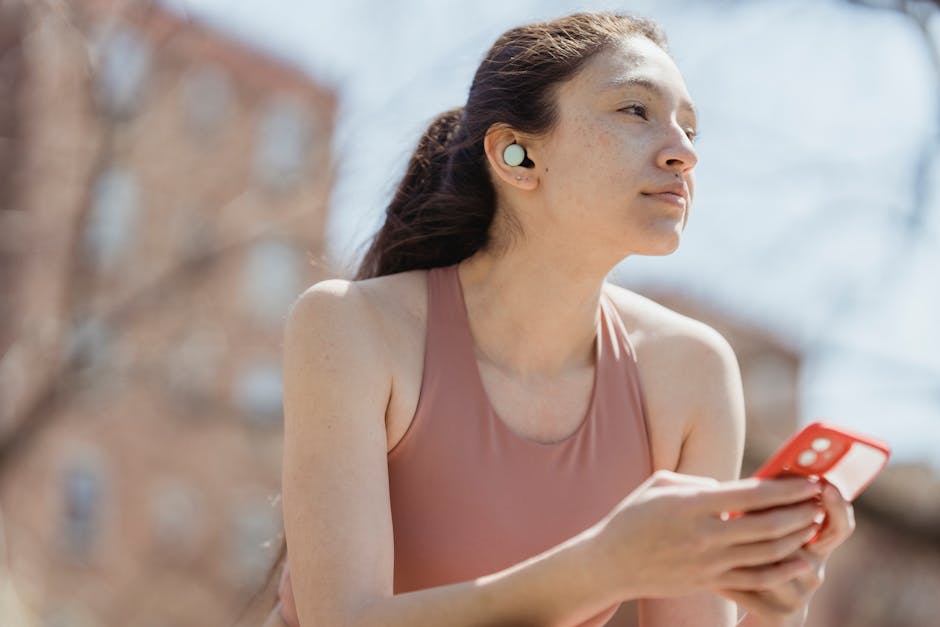
Photo by Miriam Alonso on Pexels
In the wave of the athleisure boom, several brands have managed to successfully capitalize through delivering comfort and style in their garments.
One such brand is Lululemon Athletica. The brand's ability to blend high- tech sports gear with fashion-forward detailing has won over fitness enthusiasts and fashionistas alike.
Another glaring example is Gymshark, which grew a global community through their ultra-modern sportswear, targeting millennials and Gen Z.
Lastly, we cannot forget Nike, an established player who leveraged their brand legacy and successfully integrated athleisure, ensuring their solid footprint in this trending segment.
These brands reveal a pattern where understanding customer preference and delivering quality products converge . The rise of athleisure is not slowing down anytime soon, and brands that analyze and adapt to this shift will be the ones to thrive.
Challenges for Brands in the Athleisure Market

Photo by Kai Pilger on Pexels
Navigating the challenges in the athleisure market is fundamental for brands looking to thrive in this innovative industry.
One primary challenge is the intense competition. Athleisure, being a fast-growing sector, has attracted many players , making the market saturated. This saturation necessitates brands to consistently innovate and reinvent their offerings to stand out.
Another hurdle is the ever-changing consumer trends. Understanding and keeping up with the dynamic market trends, such as sustainability, inclusivity, and comfort, is crucial. Yet, it is a demanding task for brands.
Brands also face the difficulty of striking a balance between fashion and functionality. While consumers demand fashionable athletic wear , they also require the technical aspects, such as durability and comfort, typically found in sportswear.
To overcome these hurdles, brands need to put the consumer at the heart of their strategies, innovating constantly and staying abreast of the latest market trends .
The Future of Athleisure: Predictions and Trends
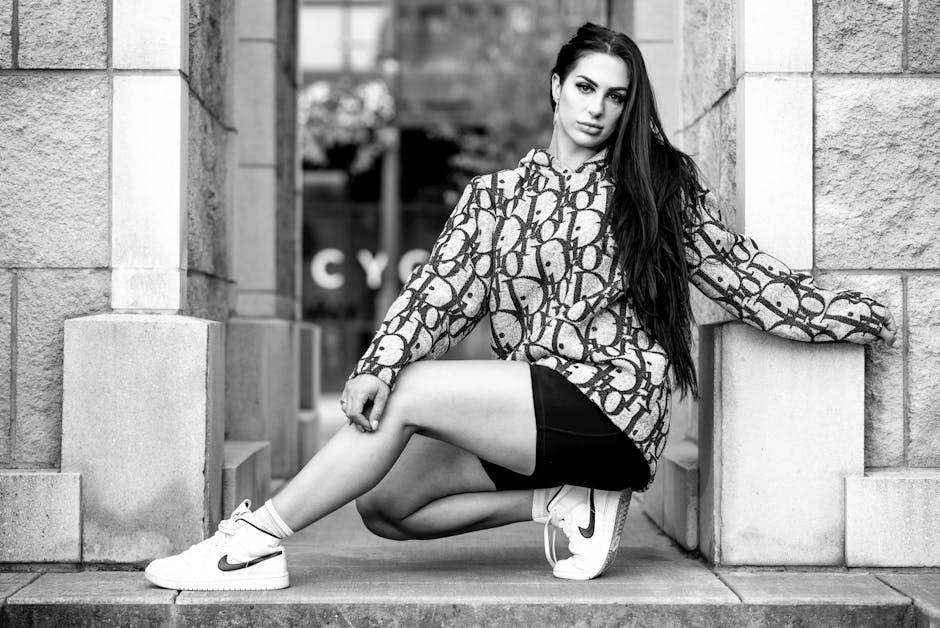
As we move forward, the athleisure trend shows no signs of slowing down.
Market experts predict the sector will expand at a Compound Annual Growth Rate (CAGR) of 6.7% by 2026. Notably, consumer preferences are shifting towards sustainable and tech-enhanced fabrics, with an increased focus on comfort, utility, and flexibility.
Brands that can combine fashion with function while meeting these evolving consumer demands will likely surge ahead . The trend is also prompting more collaborations between sportswear and luxury brands, which could bring about exciting, innovative designs.
In addition, Athleisure's graduated incorporation into everyday and corporate wardrobes hints at the imminent blurring of boundaries between office outfits and workout wear. The future of Athleisure appears more integrated and less casual than its current state.
It's a clear indication this is not a trend to be ignored. For brands, the message is simple - adapt or be left behind.


Are you dreaming of launching your own studio or production company? Are you struggling to turn your creative passion into a thriving business? A Guide To Building | RENTAL STUDIO | Curate & Create is not just another downloadable business guide - it's a goldmine of first hand insights and experiences that will guide you from concept to reality in the world of content creation.
Key Features:
Exclusive Insights: This guide is packed with real-life experiences, providing you a transparent look at what it truly takes to start and sustain a production company. You won’t find fluff or filler here - 40 pages of honest revelations from someone who’s walked the path.
Lessons Learned: Benefit from a myriad of lessons painstakingly gathered over years of trial and error. Use these teachings to sidestep common mistakes and take smarter, more informed actions on your business journey.
The Emotional Rollercoaster: Discover the personal highs and lows of being a small business owner in the creative industry. Gain emotional intelligence and resilience to weather the storms that inevitably come with entrepreneurship.
Actionable Advice: Every chapter concludes with concrete strategies and steps you can take today. We’re not just about inspiration—we equip you with the tools to act.